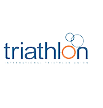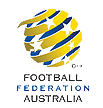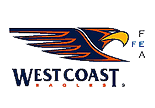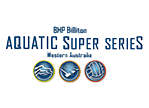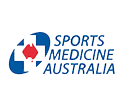Osgood Schlatter’s Disease (kids)
What is Osgood Schlatter’s Disease?
Osgood Schlatter’s disease occurs when the pull of the Patellar Tendon causes inflammation of the growth plate at front of the shin bone. The growth plate is at its most vulnerable when it is close to closing and, in the shin, this usually occurs in boys between the ages of 12 and 15 and, in girls between 10 and 13. Osgood Schlatter’s disease is a type of ‘traction apophysitis’ which is a type of growth plate injury. You can find out more about growth plate injuries here
Who gets Osgood Schlatter’s Disease?
Osgood Schlatter’s’s Disease occurs mainly in children who do a lot of weight-bearing sport between the ages of 11 and 15. Sometimes poor knee and hip biomechanics can be involved but any child can get this condition without necessarily having abnormal biomechanics.
Are There Long-term Concerns in Osgood Schlatter’s Disease?
Although this can sometimes be a painful condition, it is not a concerning condition as, once the growth plate closes, it can’t keep causing problems. Sometimes the growth plate can widen before it fuses which can result in a long-term bump at the front of the shin in adulthood. This can be a problem in adults who kneel a lot in their profession and can always be shaved back with a minor surgical procedure later in life.
How is Osgood Schlatter’s Disease Treated?
The most effective forms of treatment include modifying the type and amount of load transmitted through the growth plate and treating the inflammation. The load can be modified by reducing the over-all volume of weight bearing sport and improving movement patterns. Anti-inflammatories can be useful at actually treating and resolving the problem and not just masking the pain.
Is Sport Safe in Osgood Schlatter’s Disease?
The severity of Osgood Schlatter’s Disease can be extremely variable. It is safe to continue playing sport if the pain is bearable and does not significantly escalate as a result. Weight-bearing sport will certainly contribute to the inflammation and pain however and sports participation may need to be modified, reduced or even completely stopped for a period of time.

